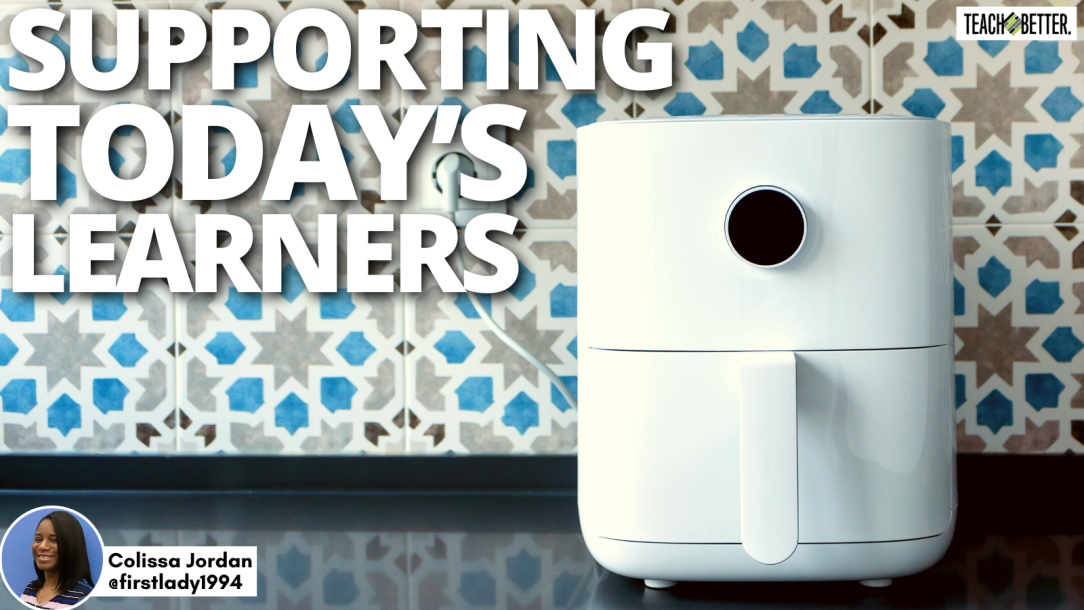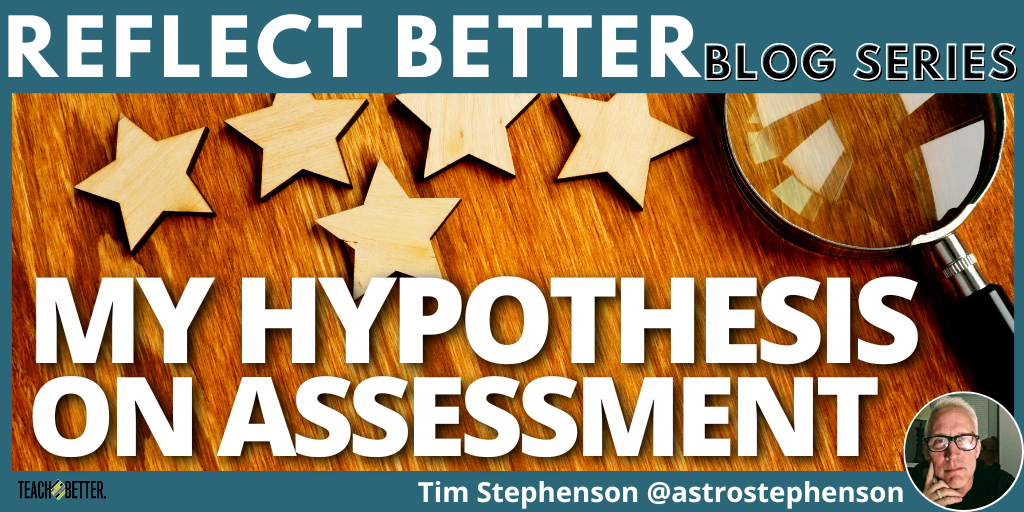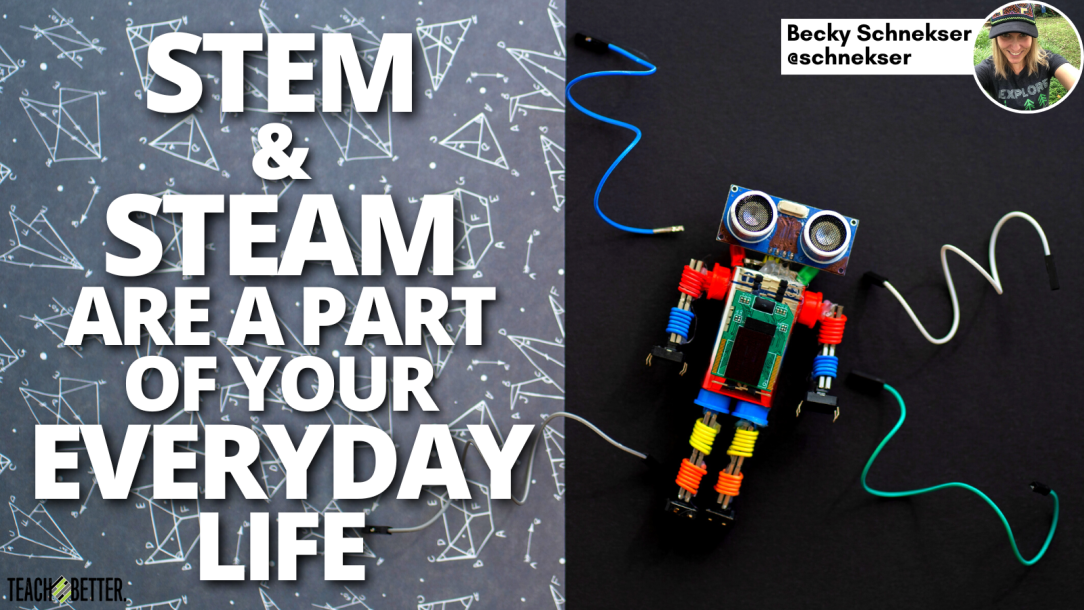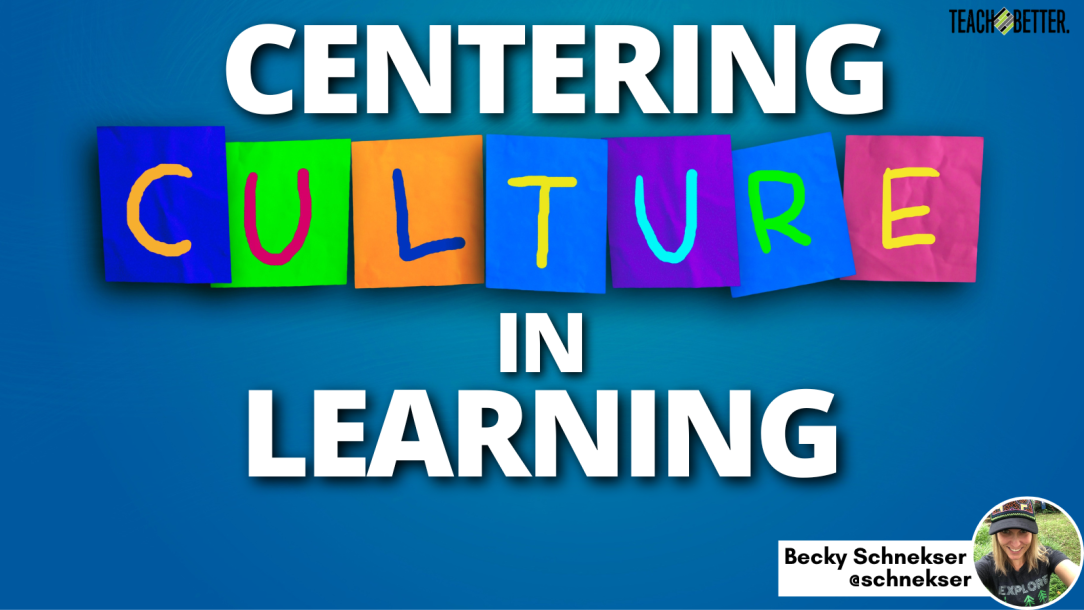TL;DR: There is a comparison between cooking appliances and education methods, contrasting microwave learning (traditional) with air fryer learning (constructivist). In traditional learning, teachers are the main source of knowledge and focus on student compliance, while constructivist learning emphasizes student engagement, collaboration, and connecting learning to real-life experiences. Teachers in today’s classrooms are encouraged to be guides and mentors, creating … Read More
My Hypothesis on Assessment
TL;DR: Assessment is a hot topic in all schools. Before looking at assessments, look at your teaching. What are you doing that makes learning relevant for all students? My Hypothesis on Assessment Well, it certainly has been a while since I last wrote a blog post here at Teach Better. For much of this school year, I’ve been focusing on … Read More
STEM and STEAM Are a Part of Your Everyday Life
TL;DR: STEM and STEAM are integral to our everyday life and we encounter many challenges that require these skills. STEM stands for Science, Technology, Engineering, and Mathematics, while STEAM adds Art or Architecture. A problem with a door latch at home is an example of STEM and STEAM in action, involving science, technology, engineering, art/architecture, and mathematics. We can intentionally … Read More
Centering Culture in Learning
TL;DR: Centering culture in learning experiences is important and should be a priority for all educators. The book “Unpack Your Impact” by Naomi O’Brien and LaNesha Tabb is a great resource for learning and implementing cultural inclusion in the classroom. Centering culture goes beyond surface-level activities and should be seamlessly integrated into practices. Culture is an integral part of identity … Read More
Keeping Engagement High Through the End of the Year
TL;DR: There are natural energy surges in the classroom. Learning to work with them keeps your classroom engaged, not chaotic. Lessons that are grounded in the real world, relevant to students’ interests or aspirations, and raise the rigor and expectations of students provide a naturally more engaging stage for students to learn. Teachers can use AI to help identify real-world … Read More





